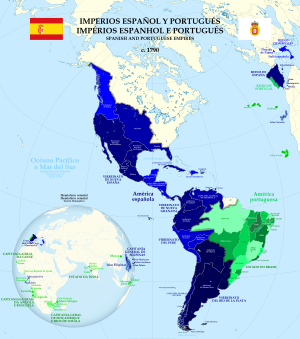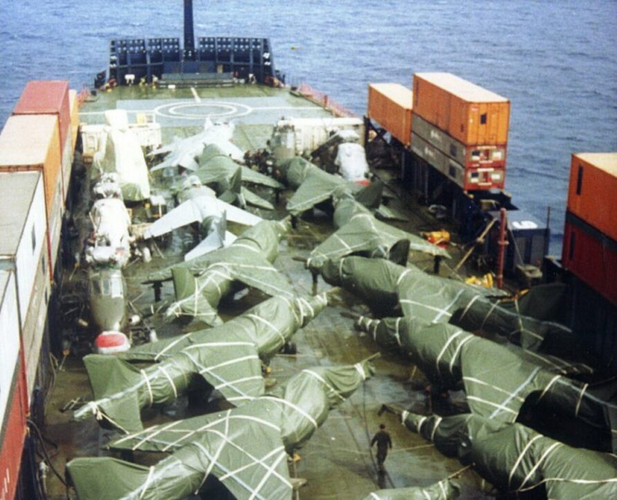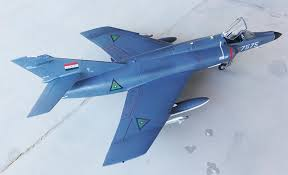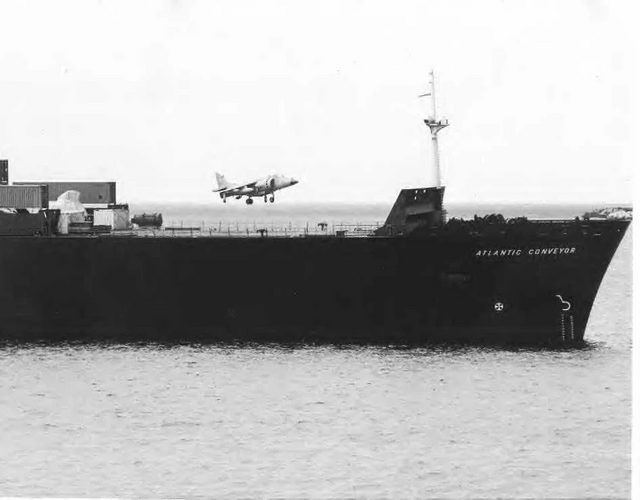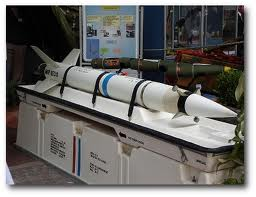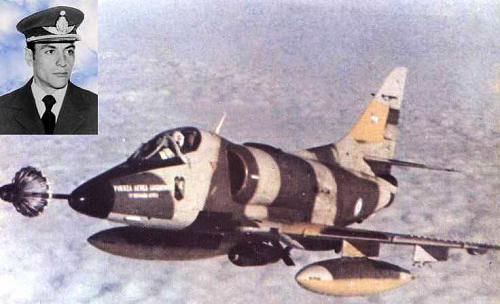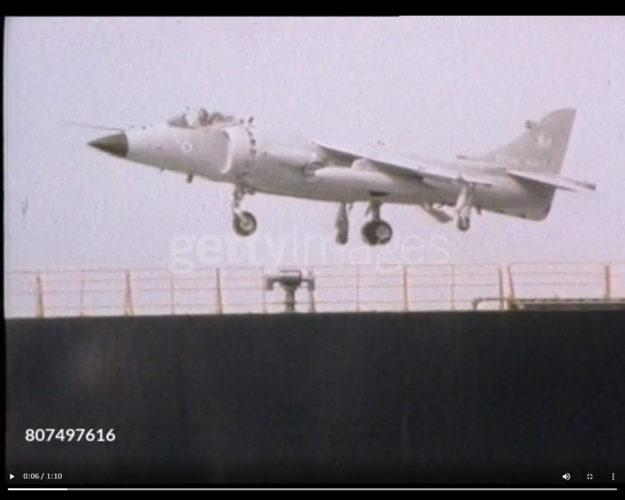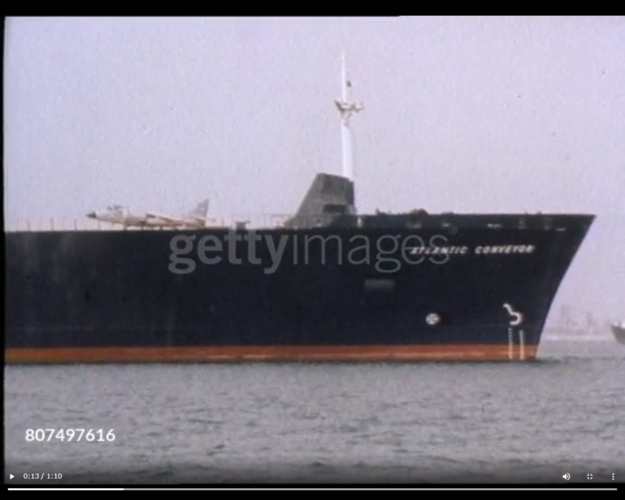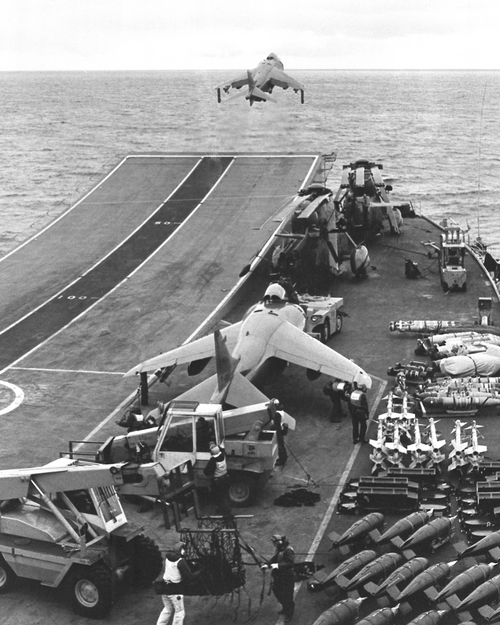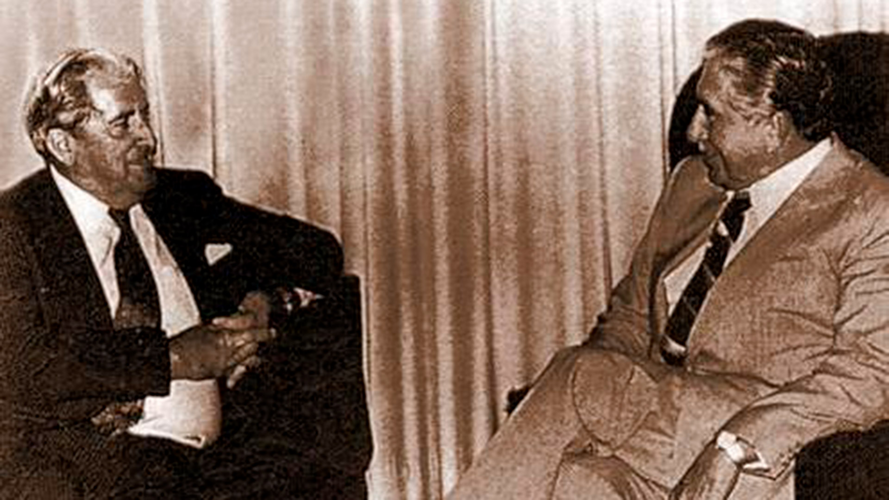For the best version of the story about the Argentinian Super Etendards I would recommend "Handbrake! Dassault Super Etendard Fighter-Bombers in the Falklands / Malvinas War" by a pair of Argentinian historians, Mariano Sciaroni & Alejandro Amendolara.
The French team who were to be responsible for integrating the Exocet with the SE arrived in Argentina in early April 1982. One of them had worked on the electronics on 25 de Mayo before the French embargo kicked in. The Argentinian squadron had all the necessary electronics, test equipment, manuals and everything else they needed. What they lacked was the detailed knowledge to make it all work. SE 3-A-202 was set up in the hangar to be the trial aircraft. Maybe the issue about "codes" is connected to a statement by Cabo Banegas:-
"
The test set was connected to the navigation unit, which had little windows with wheels where, as you moved them, numbers would appear as if they were on a padlock. They were combinations and that was what we had to find out."
The Argentinian technicians only made slow progress with this task. Then they got a helping hand.
France declared an arms embargo on 6 April. On the 7th a British military attache in Paris was assured that the French technicians would not be assisting the Argentinians. So officially the French team in Argentina should have done nothing more even though they had not been called home (post-war this was stated to have been for "commercial reasons"). Apparently none of the French personnel could subsequently remember receiving such instructions! On 9 April however three of the French team, Colin (from Dassault-Bregeut), Guiminot (Thomson-CSF) and Larrieu (SAGEM) volunteered to work on the aircraft and missiles.
One of the problems that existed was that the Argentinian SE had been equipped with a SAGEM ULISS 80 inertial control unit. This was an updated syetem designed for the Argentinian SE, devoid of US components that were embargoed. And this was stuff that even the 3 French technicians were unfamiliar with. Many hours were spent working from, and understanding, the manuals to be able to get everything up and running. The authors note:-
"
Although there were some rumours of a disgruntled French techniciaan who had sent the Argentine mission in Paris some of the codes needed to launch the missiles, this is only half true. Indeed, in early April, a middle-aged man presented himself to the Argentine officers of the Purchasing Sub-Commission in France, where Captain Lavezzo was still working. He said that he worked for Aerospatiale and, as he had been unfairly dismissed, he wanted to take revenge by giving the Argentinians information related to the armament set-up on the Super-Etendard. The information was found on loose sheets of paper in a suitcase.."
The information was smuggled out of France by an Aerolineas Argentinas pilot and reached Espora a short while later.
"
However it was useful only for the purpose of dropping bombs from the aircraft and therefore had no influence on the events of the conflict"
By the afternoon of 11 April the French / Argentinian team had 4 aircraft ready to attack using Exocet. The fifth aircraft was retained as a hangar queen, to be stripped of parts as necessary to keep the others flying for the duration of the French embargo.
The capabilities of the Exocet missile were well known to the Royal Navy as they had been using it for several years, so they already had tactics worked out to combat it. In particular they knew an Exocet carrying aircraft would have to pop up twice on approach to use its radar to identify the target and provide the necessary navigation data to the missile INS before launch. The missile itself then had to activate its own radar at a pre-programmed distance to home on the target. This provided opportunities to detect the incoming attack and missile. And the generation of Exocet used by Argentina could not distinguish between a chaff cloud and a hard target, something the RN would exploit during the campaign. That and minimising the target size by presenting the bow or stern of the ship directly towards the incoming missile.
Exocet also had a "home-on-jam" ECCM capability if any attempt was made to jam its radar. Again this was exploited by the RN. A number of Lynx HAS.2 helicopters were fitted with jammers removed from Canberras and deployed south. It was known as the "I-Band Jammer" during the war and later "Hampton Mayfair". It was old kit and its outdated valve electronics took a while to heat up to become effective. Flights of one or two Lynx were deployed on Hermes and Invincible. One such Lynx had been deployed to Atlantic Conveyor on 20 May just after she arrived in Falklands waters. Unfortunately she was unable to launch it in time on 25th May and it was destroyed as she burned. The idea was that the missile would home on the poor Lynx and its crew to act as a decoy. Not something the crews were very happy about.
For all the fear that Exocet generated, it is worthwhile looking at its record in the Falklands. Of the 5 AM-39 air launched Exocets available to the Argentinians, 2 were launched at Sheffield on 4 May. One hit while the other fell into the water near her, presumably having run out of fuel.
On 25th May two Exocets hit the Atlantic Conveyor, a vessel less well protected than the carriers. I found this analysis of the attack on her online, which helps to explain what went wrong from the British side. As can be seen the Hermes was the carrier at greatest risk that day.
Modelling the Argentine Exocet Attack of 25th May 1982 The following is an evidence-based assessment of how the Argentine Exocet attack on the British Carrier Battle Group came about and unfolded. Links: Overview: <This page> Detailed Evidence-Based Assessment On the 25th May 1982, two

www.atlantic-conveyor.co.uk
The final attack on 30th May saw the mixed formation attack from the south. This missile failed to find a target, probably being decoyed by a chaff cloud until it ran out of fuel and crashed harmlessly into the sea. Other unsuccessful Exocet sorties were flown, aircraft returning to base with their missiles.
In all three cases the SE employed aerial refuelling from C-130s to extend their range.
The only other Exocet attack was on the destroyer Glamorgan on 12 June. Two MM-38 missile fired from an improvised ground based launcher. Two launched (at the second attempt), one failed to guide and the other hit Glamorgan who was trying to put her stern to the missile. So damage was limited and she was back in action a couple of days later.
